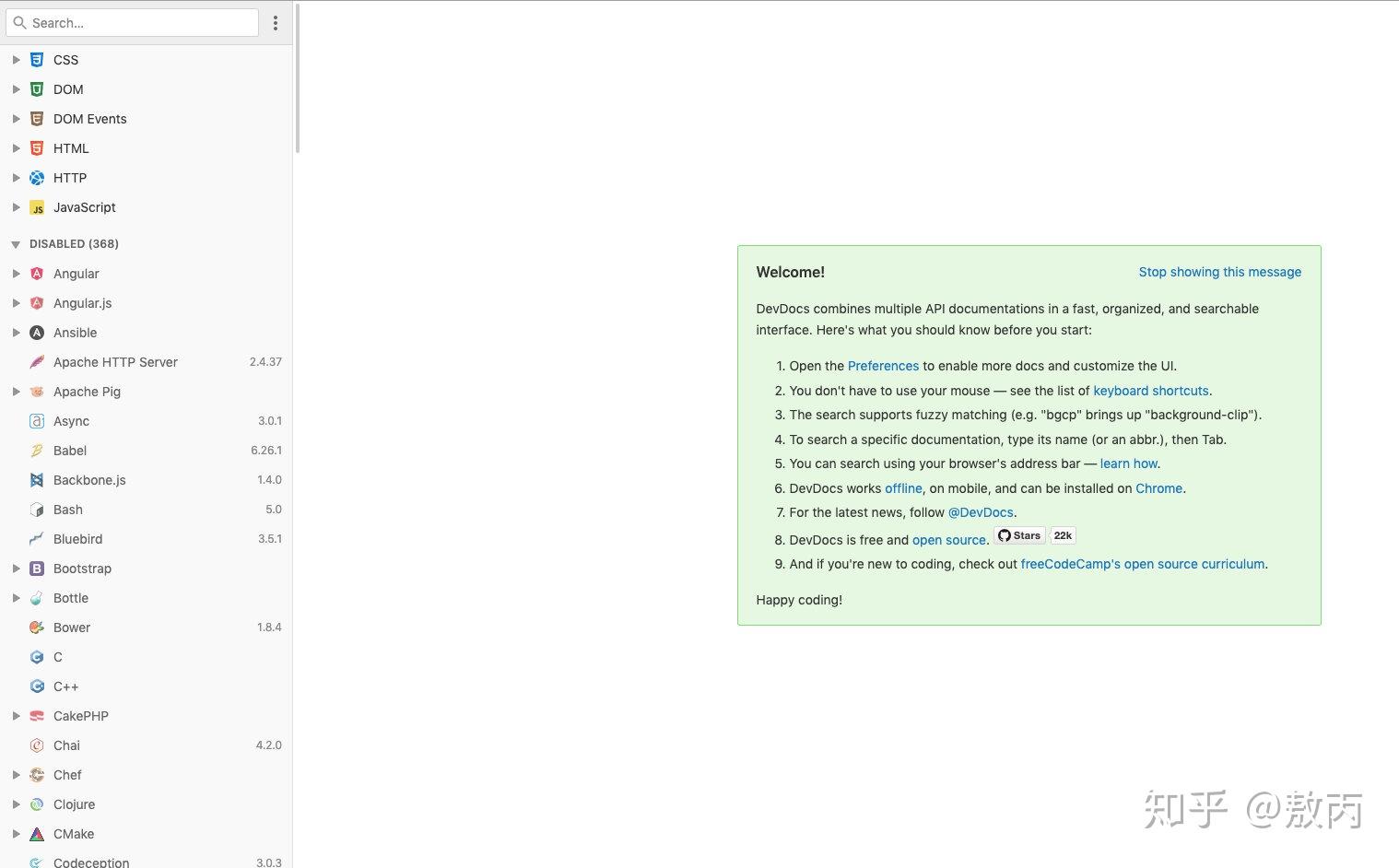
This implies that the LLVM version of your host compiler matches that of the LLVM library used within Julia.Īn easy solution is to have an dedicated build folder for providing a matching toolchain, by building with BUILD_LLVM_CLANG=1. Using Clang's sanitizers obviously require you to use Clang ( USECLANG=1), but there's another catch: most sanitizers require a run-time library, provided by the host compiler, while the instrumented code generated by Julia's JIT relies on functionality from that library. Edit on GitHub Sanitizer support General considerations

Static analyzer annotations for GC correctness in C code.Proper maintenance and care of multi-threading locks.printf() and stdio in the Julia runtime.

Talking to the compiler (the :meta mechanism).High-level Overview of the Native-Code Generation Process.Noteworthy Differences from other Languages.Multi-processing and Distributed Computing.The jsLayout argument is used to specify information. UI component used in the frontend design area Configuration inside the JavaScript classes./view/base/ui_component/etc/definition.xml: default component configuration.Configuring a UI componentĪ particular instance of a UI component is defined primarily by the following: The picture below shows how the JavaScript class of a UI component is implemented.Ī UI component can be bound to one or more HTML templates using the KnockoutJS bindings. The Listing component has Filters, Columns, Bookmark component, and others The Form component has Fieldsets, Tabs, and inner fields XML is widely used in Magento 2 which allows developers to easily reuse existing functionalities and add customizations.Ĭompared to XML layouts, UI components use a more semantical approach to declare and configure the user interface.Īn instance of a UI component is usually based on the hierarchy of child UI components. JavaScript class inherited from one of the Magento JavaScript framework UI components base classes (such as UIElement, UIClass or UICollection). XML declaration that specifies the component’s configuration settings and inner structure. Therefore, if we need to extend something that has already been implemented as a hierarchy of UI components or add a new feature that should interact with other UI components, it’s easier and more effective to use a UI component. UI components work well together: they communicate with each other via the uiRegistry service that tracks their asynchronous initialization. We recommend using UI components as much as possible and tend to do the same in Magento core. PHTML template with declaration of related JavaScript file via XML layout With Magento, you may apply different approaches to implementing a UI element, and use: You need to configure styles manually for components on the storefront. In Magento 2 there are basic and secondary UI components.īasic components are declared in the page layout files secondary components are declared in the top-level components’ instances configuration files.Īll components can be configured both for Admin and storefront. The following XSD file contains rules and limitations shared between all components (both definitions and instance configurations):Įxtension developers cannot extend this XSD scheme and introduce new components, but can customize existing ones. To use UI components in your custom module, you need to add a dependency for the Magento_UI module in your component’s composer.json file. Magento UI components are implemented as a standard module named Magento_UI. Components are responsible for rendering result page fragments and providing/supporting further interactions of JavaScript components and server. They are designed for simple and flexible user interface (UI) rendering. Magento UI components are used to represent distinct UI elements, such as tables, buttons, dialogs, and others.

Overview of UI components Overview of UI components See Migrated topics for the complete list. This page has moved and will be redirected soon. Create and display a category attribute with UI components.About XML configuration of UI components.


 0 kommentar(er)
0 kommentar(er)
